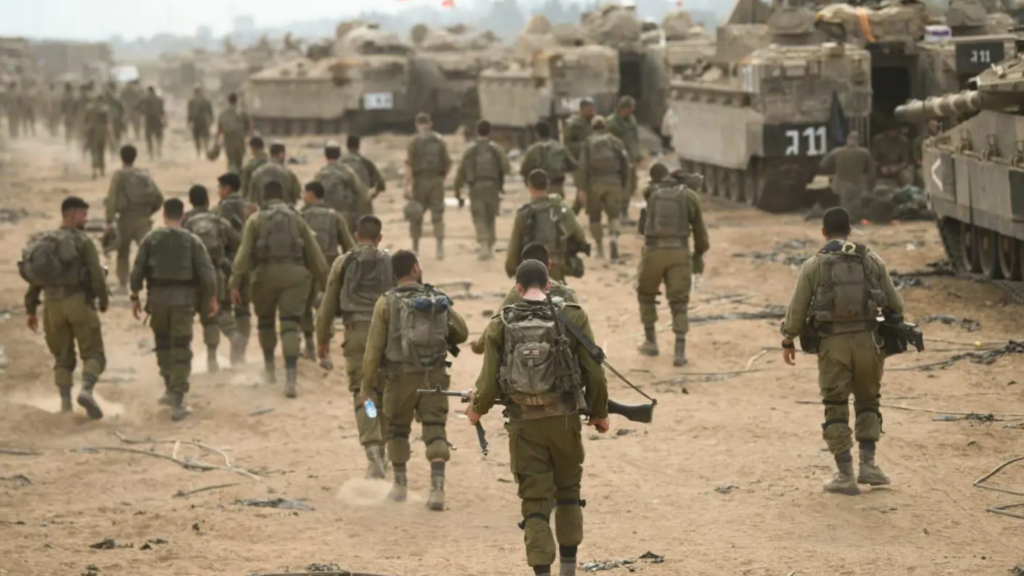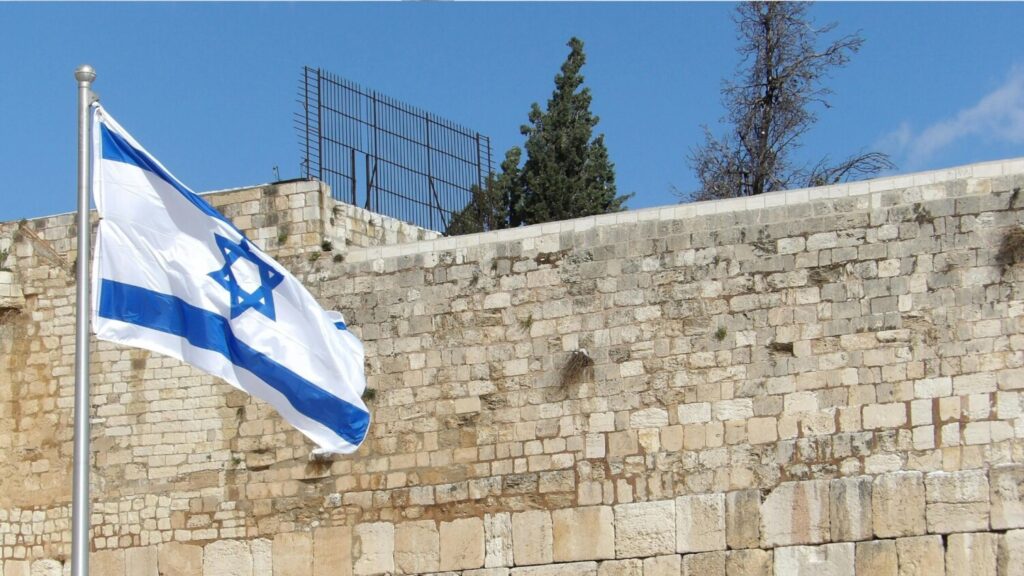Understanding the Severity of the Humanitarian Crisis in Sudan
One of the world’s most dire humanitarian crises has been unraveling due to violent conflict between the Sudanese Armed Forces (SAF) and the Rapid Support Forces (RSF) since 2019 in Sudan. Years of instability have led to the displacement of over eight million Sudanese civilians and the debilitation of numerous humanitarian systems (Journal of Humanitarian Studies, 2025). This conflict was most recently spurred by the fall of Omar Al-Bashir, leading to a prolonged period of political and militaristic instability, manifesting into direct hostilities towards civilians including the targeting of hospitals and food supply networks (de Waal & Srinivasan, 2024), (BMJ Global Health, 2024). Understanding the direct relationship between failed governance and the humanitarian consequences of unchecked military hostilities is essential to advancing international aid efforts and developing effective, sustainable peacekeeping initiatives in the region.
Historical and Political Foundations
Understanding the political and security landscape of Sudan prior to Bashir’s fall is vital when contextualizing the conflict. The Sudanese government has been facing institutional decay over the last few decades, which came to a most recent crux during the fall of Omar al-Bashir in 2019. During the transition of power, the country’s military fractured into two primary groups: the RSF who expanded into a militaristic and economic militia, empowered by wide control of Sudan’s gold supply, mining operations, and private patronages (James & El-Badawi, 2025). Meanwhile, the SAF represents Sudan’s traditional national army. The division between the two factions has been further exacerbated by international backing from countries like Egypt and the United Arab Emirates, who have prolonged the conflict via arms and economic supplies (Weber & Osman, 2025). An official military coup officially collapsed Sudan’s democratic transition, expanding the presence of military rule and sidelining civilian leadership (Berridge & El-Affendi, 2024).
Military Strategy and Civilians
The war in Sudan has become such a severe international crisis due to its pattern of direct and indiscriminate violence against innocent civilian populations. The RSF, deriving many of its combat strategies from its Janjaweed origins has utilized the attack of civilian areas as a form of power assertion and territorial control. In addition, they frequently use decentralized, sporadic attacks on civilians in enemy areas to create destabilization via mass displacement (De Waal and Srinivasan, 2024). This is especially exasperated in regions that are rich in resources, like Darfur and Kordofan (James & El-Badawi, 2025).
Humanitarian Implications
Over eight million people have been displaced as a consequence of RSF and SAF fighting, being forced into camps with extremely poor conditions, including disease, famine and overcrowding. The figure below shows the locations of Sudanese civilians by percentage.
These humanitarian implications have also been affecting rural communities disproportionately. The small amount of aid, when it is able to be delivered via supply lines – is concentrated in urban areas, leaving conflict affected civilians in more remote areas without access to food, clean water, or medication (BMJ Global Health, 2024). Gender-based violence is also extremely rampant, yet severely underreported in Sudan with minimal protections for women and children. Many displaced women face heightened risks of exploitation, forced marriage, and sexual violence – made even more vulnerable in refugee camps with low security measures and overcrowding. The severely limited healthcare systems have eliminated access to critical aspects of women’s healthcare, compounding the trauma experienced by survivors (BMJ Global Health, 2024).
Stalemate in a Humanitarian Solution
The Sudanese conflict, in part, continues because the violence leads to profitable economic outcomes for the warring parties. Traditional economic sanctions are not effective in this setting because control over gold mines and other lucrative resources provide alternate avenues for funding and individual profits. This also leads to a lack of peacemaking incentives or potentials for ceasefires (James & El-Badawi, 2025). Due to Sudan’s non-ratification of international legal frameworks, as well as not cooperating with investigations, it is unlikely that military forces in the country will face concrete repercussions from the international community (Odinkalu & El-Tayeb, 2025). International aid and condemnation remains much lower for Sudan compared to other global crises. Lack of extensive media coverage or donor funding makes actionable solutions difficult to achieve. Without specific efforts to end Sudan’s war economy and directly aid civilians, the conflict’s humanitarian toll will continue to worsen.
Bibliography
BMJ Global Health. (2024). Addressing systemic inequities in humanitarian response. BMJ Global Health, 10(3), e017533. https://gh.bmj.com/content/10/3/e017533
BMJ Global Health. (2024). Sudan: From a forgotten war to an abandoned healthcare system. BMJ Global Health, 9(10), e016406. https://gh.bmj.com/content/9/10/e016406
Conflict and Health. (2024). Hunger in the shadow of conflict: Analyzing malnutrition and humanitarian access in Sudan. Conflict and Health, 18, Article 604. https://conflictandhealth.biomedcentral.com/articles/10.1186/s13031-024-00604-6
de Waal, A., & Srinivasan, S. (2024). Sudan’s military fragmentation and the rise of paramilitary power. African Affairs, 124(497). https://doi.org/10.1093/afraf/adad067
International Journal of Infectious Diseases. (2024). The Sudan conflict: A catalyst for the spread of infectious diseases. International Journal of Infectious Diseases, 137, 401–407. https://doi.org/10.1016/j.ijid.2024.03.017
James, L., & El-Badawi, A. (2025). The political economy of conflict: Sudan’s resource struggles and armed groups. Journal of Peacebuilding & Development, 20(1). https://doi.org/10.1177/15423166241234567
Journal of African Studies. (2024). Preliminary investigation and analysis of the impact of the Sudan war on displaced academics and intellectuals. Journal of African Studies, 80(2). https://doi.org/10.1016/j.jas.2024.04.002
Journal of Humanitarian Studies. (2025). The humanitarian crisis in Sudan: The devastating effects of the 2023 conflict. Journal of Humanitarian Studies, 6(1). https://doi.org/10.1080/13623699.2025.2491970
Odinkalu, C., & El-Tayeb, F. (2025). International law and accountability: The case of Sudan’s armed conflict. Journal of International Criminal Justice, 23(3). https://doi.org/10.1093/jicj/mqad023
QJM: An International Journal of Medicine. (2023). Humanitarian crisis in Sudan: The collapsed health system. QJM, 116(9), 810–812. https://doi.org/10.1093/qjmed/hcad061
The Lancet. (2024). Childhood health and nutrition challenges in Sudan’s conflict zones. The Lancet, 403(10328), 1911–1912. https://doi.org/10.1016/S0140-6736(24)01911-1
The Lancet. (2024). Health and humanitarian toll of Sudan’s forgotten war. The Lancet, 403(10328), 1911–1912. https://doi.org/10.1016/S0140-6736(24)01911-1
United Nations High Commissioner for Refugees. (2024). Sudan Situation: Global Appeal 2024. UNHCR. https://reporting.unhcr.org/sudan-situation-global-appeal-2024
United Nations High Commissioner for Refugees. (2025). Emergency update: Sudan refugee crisis. UNHCR. https://www.unrefugees.org/emergencies/sudan/
Weber, A., & Osman, M. (2025). Proxy warfare and regional interests in Sudan’s civil conflict. International Security Studies, 39(2). https://doi.org/10.1093/iss/isae001
Worldometer. (2025). Sudan population (live). Worldometer. https://www.worldometers.info/world-population/sudan-population/



